The Aster genus of flowering plants is one of many in the large Asteraceae family that includes chrysanthemums and daisies.
The blooms have a composite structure made up of a central disk of florets surrounded by petal-like rays.
Many of the plants we commonly call asters belong to other botanical genera, including Doellingeria, Eurybia, Ionactis, and Symphyotrichum.
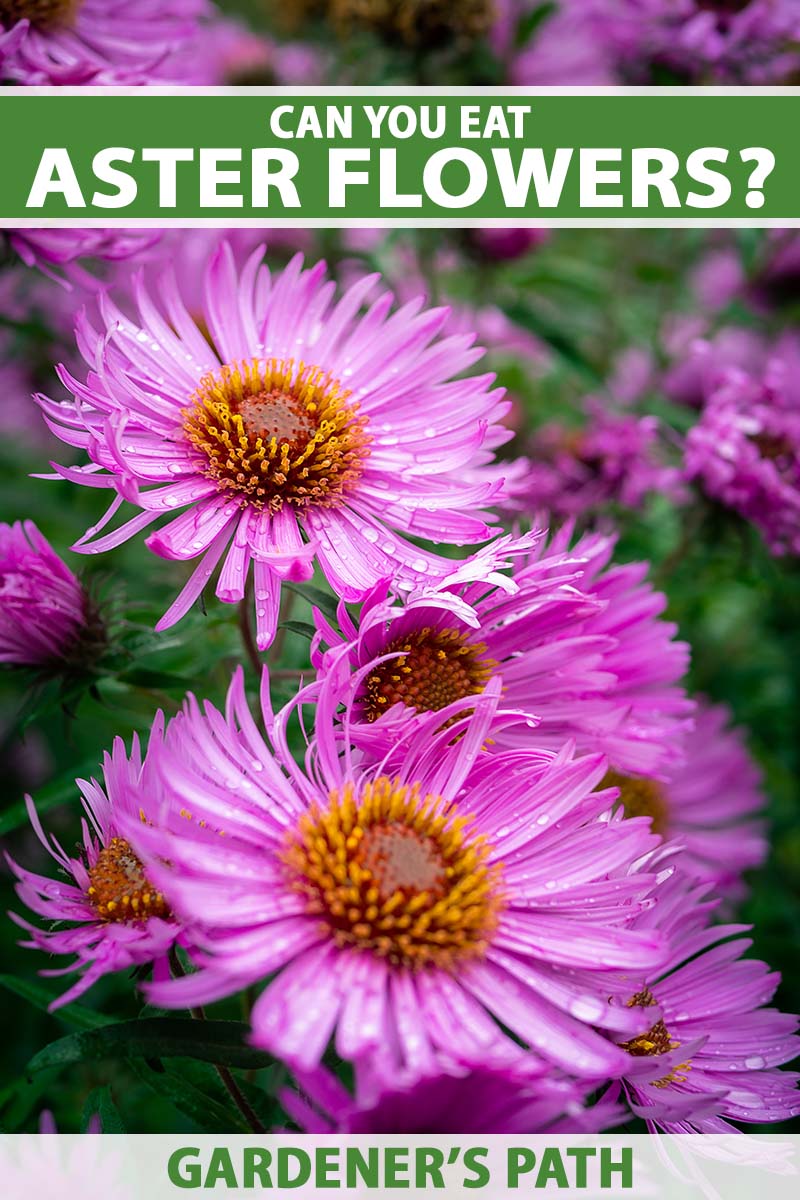
We link to vendors to help you find relevant products. If you buy from one of our links, we may earn a commission.
The variation is due to a 1990s taxonomic reclassification that whittled 600 species of plants down to 180 “true” Asian and European Aster species, recategorized the North American ones, and did nothing to change any of their well-established common names.
When we speak of asters, we refer primarily to perennials, but there is also an annual species, the China aster, Callistephus chinensis.
Typically, they are mid- to late-summer flowering plants, but there are exceptions, like the spring-blooming Alpine species, A. alpinus.
Most prefer slightly acidic soil, but some, like the Italian A. amellus, thrive in alkaline conditions.
As you are becoming aware, the aster array is vast and varied. Our guide to growing asters has all you need to know to cultivate your own plants.
In this article, we take a comprehensive approach to answering the question of whether or not asters are edible.
Here’s what we’ll cover:
What You’ll Learn
Let’s begin.
Asters through the Ages
Written references to asters date back to ancient Greece and Rome. By the 1200s, they were not uncommon in the physic (medicinal) gardens of monks and nobility.
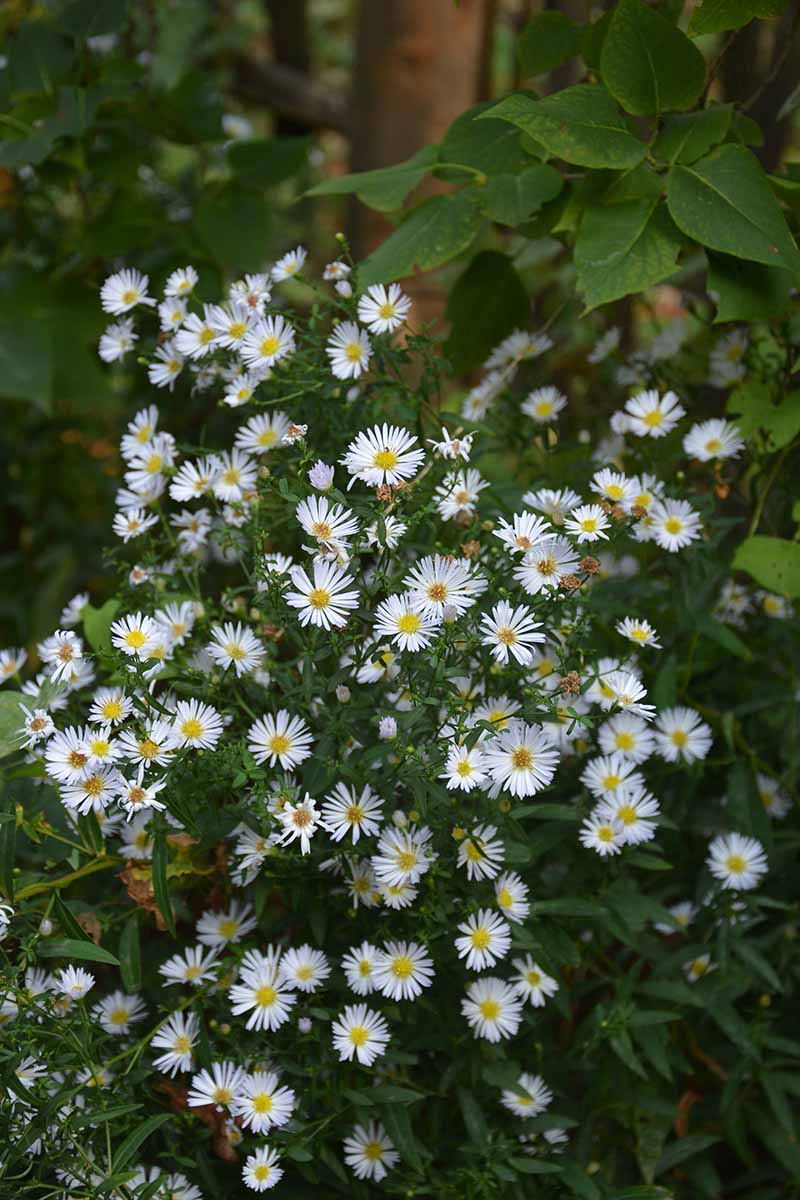
In 1902, the Torrey Botanical Society published Studies in the History and Variations of Asters: Part I History of Pre-Clusian Botany in its Relation to Aster.
It contains a collection of references to the medicinal use of asters throughout antiquity. Highlights include:
- Wearing them as amulets to ward off perceived threats.
- Pounding the leaves and mixing them with axle grease to make a salve for treating dog and snake bites.
- Mixing the flowers with water to treat epileptic children and pregnant women.
- Using the roots, foliage, and flowers to treat lymph node swellings called buboes.
The words of English botanist Philip Miller in the 1700s are cited as evidence that while they may have been used in popular medicaments, they had not acquired culinary acclaim.
He said the plants were so “rough and bitter” that grazing cows wouldn’t touch them, instead leaving them to adorn foraged pastures.
Native American traditional medicine includes multiple aster species in treatments for conditions such as earaches, headaches, and toothache.
In China, the plants also have a place in traditional medicine, with value placed on brewing the roots to create remedies to ease various ailments. Zi wan is an herbal supplement derived from the purple A. tataricus and is purported to relieve respiratory distress.
In Korea, the leaves of native Doellengeria scabra (formerly A. scaber), aka chamchwi, and the Tatarian type, A. tataricus, aka gaemichwi, have long been cooked as savory vegetable dishes. However, as we will soon see, dangers lurk.
Consumption Considerations
Today we know a great deal about asters.
They contain toxic triterpenoid saponins as many plants do. These phytochemicals are rich in natural antimicrobials and have a bitter flavor and soapy quality that deters animals and pests from eating them.
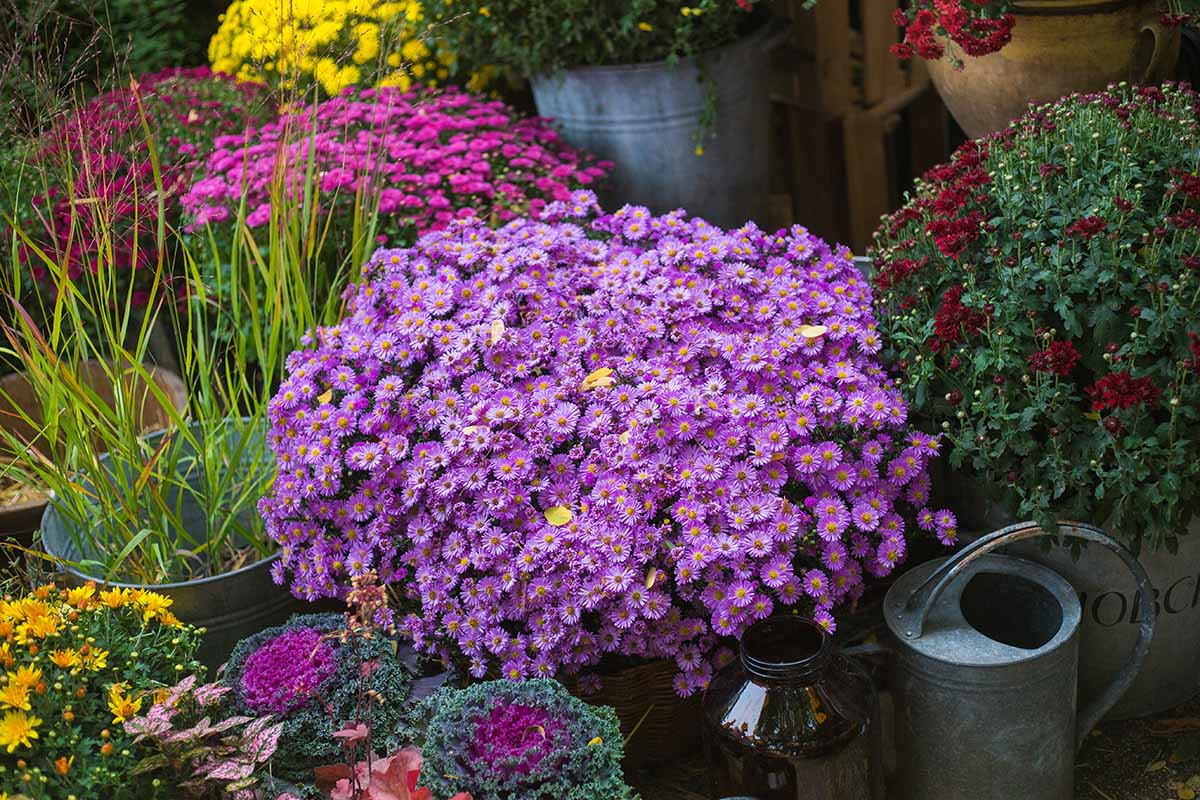
If I may digress, cilantro also contains saponins. Many of us, myself included, find the flavor bitter, soapy, and unappealing. Some people are allergic to it, and overconsumption is likely to cause gastrointestinal distress.
Saponins are the topic of much scientific research.
Some studies show the potential beneficial effects of saponin-containing foods on cholesterol levels and point to their possible use in treating leishmaniasis and Chagas disease, two deadly neglected tropical diseases (NTDs).
However, another project concludes that there is insufficient evidence to support claims that saponins are helpful in combating obesity.
Additional studies on rats demonstrates that the toxins contained in the Tatarian species, A. tataricus, can cause liver damage.
In addition, the database of the US Forest Service includes valuable information.
Did you know that there are alkaline soils rich in selenium, a naturally occurring mineral with a pungent odor, in some midwestern and northwestern portions of the United States?
The smooth woody aster, Xylorhiza glabriuscula, is native to the upper Midwest, and it is known to contain selenium in concentrations that are highest before the flower heads are completely mature.
Consumption in large quantities or frequent ingestion of small amounts may lead to a condition known as “selenium intoxication,” which if left untreated, can cause death.
In addition, we now know that plants in the broad Asteraceae family cause allergic respiratory reactions in sensitive people.
According to the list compiled by the University of California, Safe and Poisonous Garden Plants, they may also cause “very serious and painful” skin reactions in some people.
You can see how the evidence is adding up.
In today’s food-insecure world, we are learning that using available ground space to cultivate more edible crops and fewer ornamental ones is a sensible, if not essential choice.
The cultivation of interdependent “food forests” is gaining popularity as we anticipate survival in an uncertain future.
However, I strongly caution you against eating ornamental plants not intended for consumption.
Do not eat asters. There are too many variables, including the possibility of death – and even the cows know they don’t taste good!
Beware of articles to the contrary and widespread photos depicting blossoms perched on the edge of cocktails, floating in soup, and nestled beside chocolate cake.
Want truly edible flower options? We have a comprehensive guide here.
A Decorative Option
If you want to incorporate asters into a fine meal, first make sure your guests aren’t allergy-prone. Then, cut a few stems just before dinner to display in a vase on your dinner table.
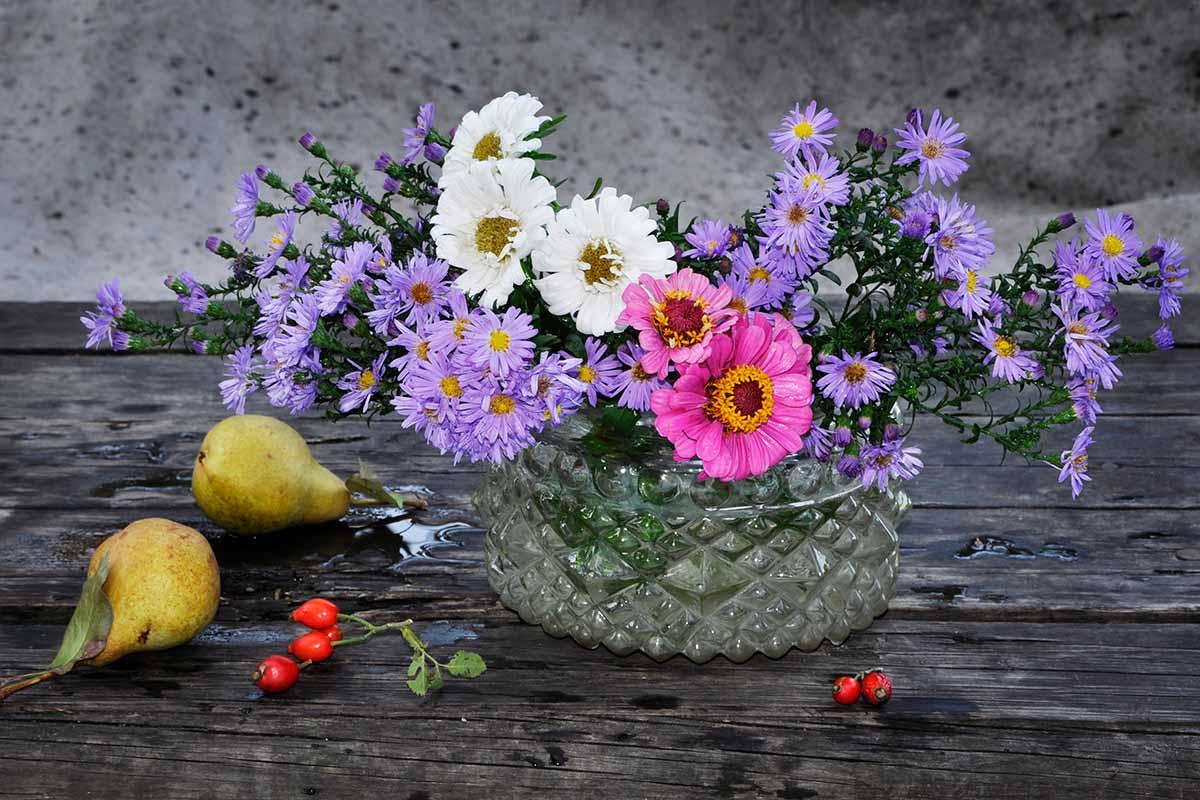
Be sure to remove the lower leaves to keep them from fouling the vase water. Give the stems a fresh cut and change the water daily for a floral centerpiece that lasts up to two weeks.
You’ll find an enormous selection of perennial species and cultivars in shades of blue, pink, purple, and white. And you’re sure to love the bold jewel tones of the annual China species.
In general, plants prefer a full sun location, an inch of water per week, and moderately rich, well-draining loam. Most can tolerate partial shade and average quality soil.
Feast With Your Eyes
I am a fan of asters – especially messy, leggy native species that roam with reckless abandon and attract beneficial flying insects for miles around.
The late season nectar they provide is a crucial food source for local bees, butterflies, and moths.
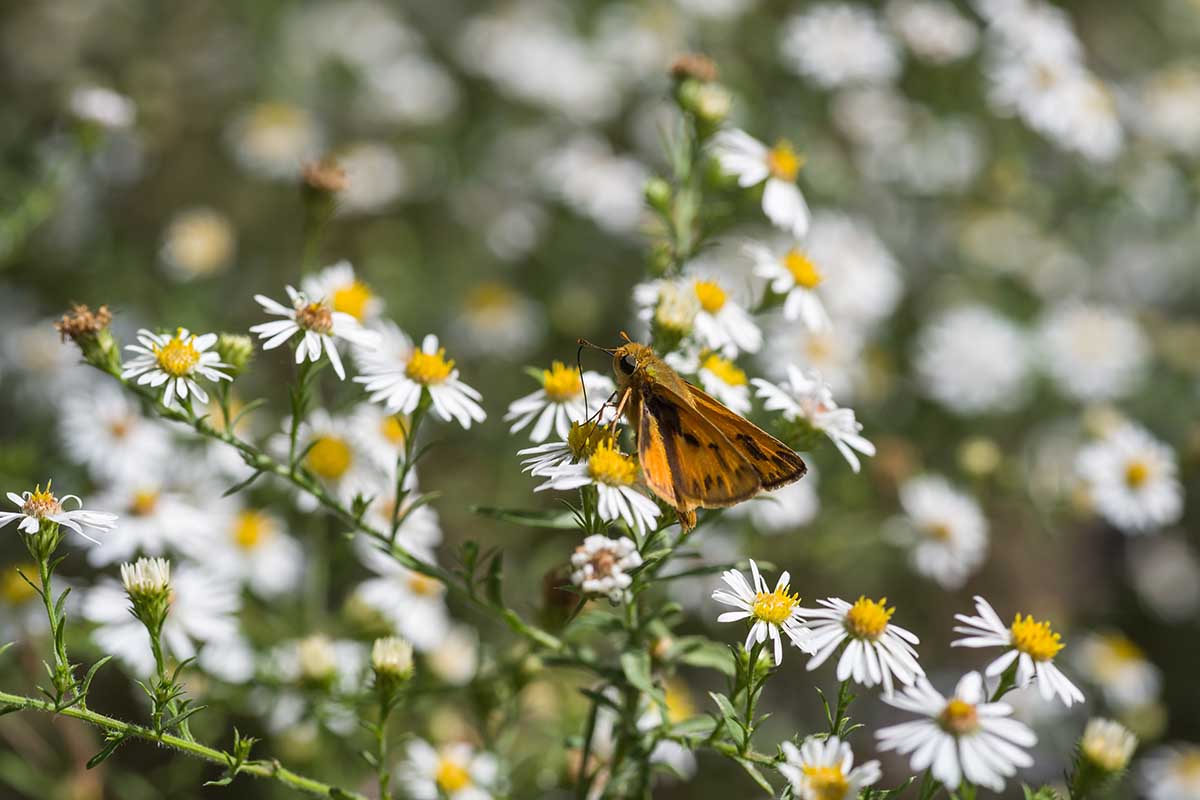
And as these gluttonous beauties chow down on nature’s bounty, I enjoy a feast for the eyes with every opportunity I have to behold the scene.
Are you growing these flowers? Let us know in the comments section below!
If you found this article informative and would like to learn more about asters, you’ll want to read the following next:

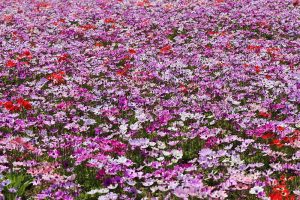
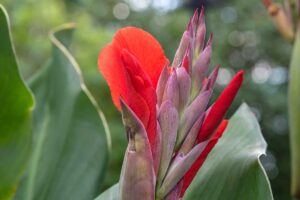
Hi I was wondering why you say they are inedible in this article and the in a linked article of a list of edible flowers it is listed?